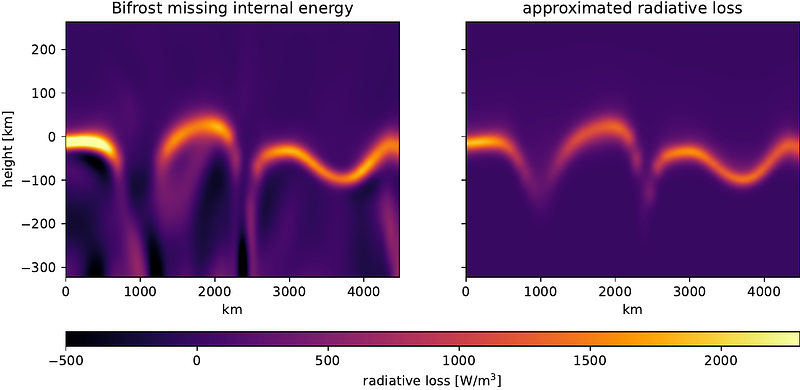Data-driven radiative hydrodynamics simulations of the solar photosphere using physics-informed neural networks: proof of concept

Data-driven radiative hydrodynamics simulations of the solar photosphere using physics-informed neural networks: proof of concept
Christoph U. Keller
AbstractCurrent, realistic numerical simulations of the solar atmosphere reproduce observations in a statistical sense; they do not replicate observations such as a movie of solar granulation. Inversions on the other hand reproduce observations by design, but the resulting models are often not physically self-consistent. Physics-informed neural networks (PINNs) offer a new approach to solving the time-dependent radiative hydrodynamics equations and matching observations as boundary conditions. PINNs approximate the solution of the integro-differential equations with a deep neural network. The parameters of this network are determined by minimizing the residuals with respect to the physics equations and the observations. The resulting models are continuous in all dimensions, can zoom into local areas of interest in space and time, and provide information on physical parameters that are not necessarily directly observed such as horizontal velocities. Here we present the first proof of concept of this novel approach, explain the underlying methodology in detail, and provide an outlook to the many applications that PINNs enable.